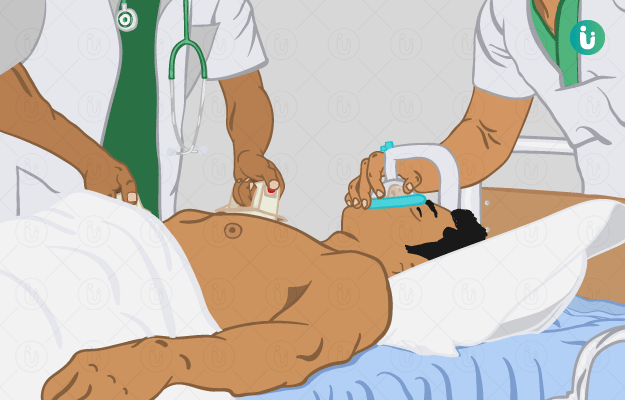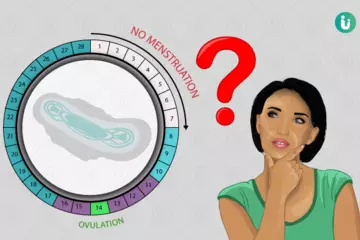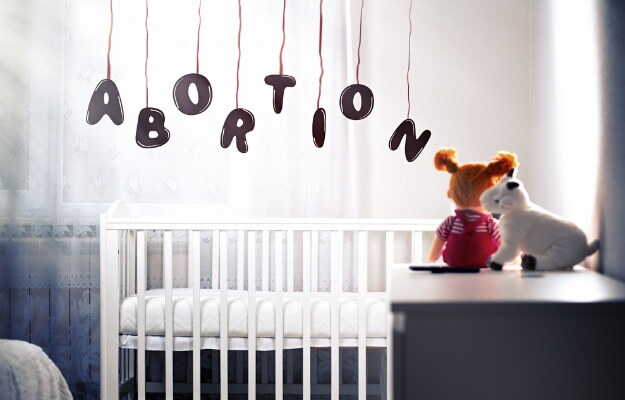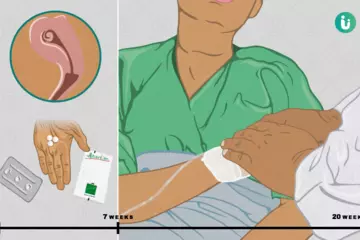What is cardiac arrest?
A cardiac arrest is the result of a sudden loss of heart function, causing loss of consciousness, and breathing. It arises when the body stops the pumping of the heart and, in turn, the flow of blood to the rest of the body.
Click on the link to know in detail about heart disease treatment.
Many people confuse cardiac arrests with heart attacks; heart attacks are instances when the flow of blood to the heart muscle is blocked. Heart attacks may trigger a cardiac arrest, but cannot be mistaken for it. Cardiac arrest, when not treated immediately, leads to cardiac death.
(Read More - CT Coronary Angiography)
What are its main signs and symptoms?
The signs of cardiac arrest are highly pronounced and alarming:
- Loss of breath
- Absence of pulse
- Sudden collapse
- Immediate loss of consciousness
- Pale and cool skin
(Read More - Coronary Angiography)
What are the main causes of cardiac arrest?
An arrhythmia or abnormality in the heartbeat triggers the electrical system of the heart leading to cardiac arrest. Arrhythmias are caused when the nodes which carry the flow of electric currents to the heart are blocked. In some cases, this is only for a fraction and is harmless. When it is pronounced, it can cause a fatal cardiac arrest.
The most common form of arrhythmia is ventricular fibrillation, where impulses are rapid and cause ventricles to quiver instead of pumping blood.
Cardiac arrest is unlikely to happen to a healthy heart in a healthy body. It can arise from an external trigger like a shock, use of drugs, trauma or previously existing heart conditions.
(Read More - Angiography test)
How is it diagnosed and treated?
It is imperative for doctors to find the underlying cause for a cardiac arrest. Tests to determine it include:
- ECG to monitor heart activity and presence of abnormalities and patterns in the heart rhythm and rate
- Blood tests to determine levels of minerals, chemicals and hormones
Imaging tests to check for shape, size and health of the heart, and for any damage. These tests are:
- Echocardiogram using sound waves to check for pumping capacity and abnormalities in the valves
- Nuclear scan for the flow of blood
- Chest X-Ray for heart health and heart failure
Other tests like angiogram, electrophysiological mapping and testing and ejection fraction testing which help find the source of the arrhythmia, blockages and strength of the heart
Treatment is of 2 types:
Immediate treatment which must be administered on the spot to keep the patient alive and ensure survival.
- CPR is critical in the first few minutes to maintain the flow of oxygen throughout the body and keep the patient going till help can be given
- Defibrillation is given by means of an electric shock which enables the heart to resume normal beating
Continued treatment involves using procedures and medications to reduce the risk of recurrence and keep the heart in better health
- Medication for arrhythmia – called beta blockers
- ICD (implantable cardiac defibrillator) – a battery powered device which monitors heart rhythms may be implanted in the collarbone to detect arrhythmias and send shock waves to correct them instantaneously
- Angioplasty or coronary bypass to open blockages and ease blood flow to heart muscle
- Corrective surgery for any deformities in the heart or valves and reduce long-term risk
(Read More - Exercises after bypass surgery)

 OTC Medicines for Cardiac Arrest
OTC Medicines for Cardiac Arrest















